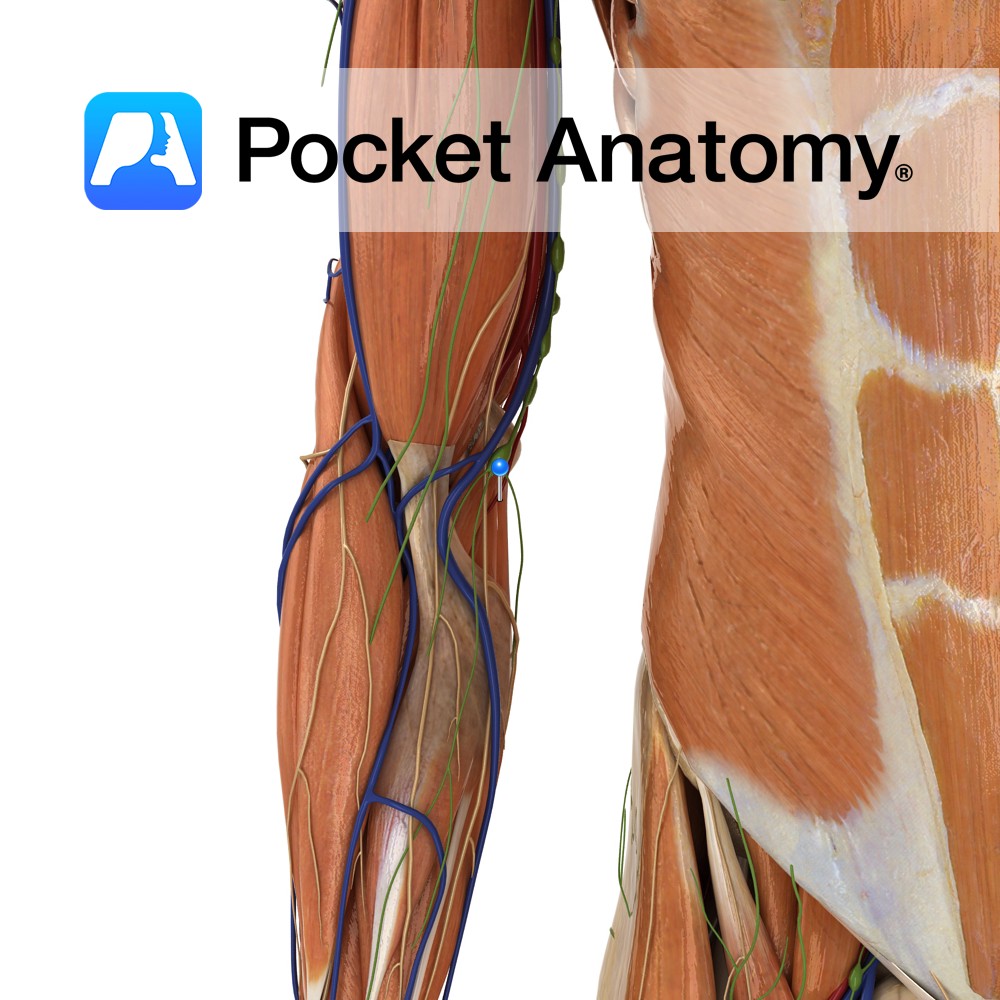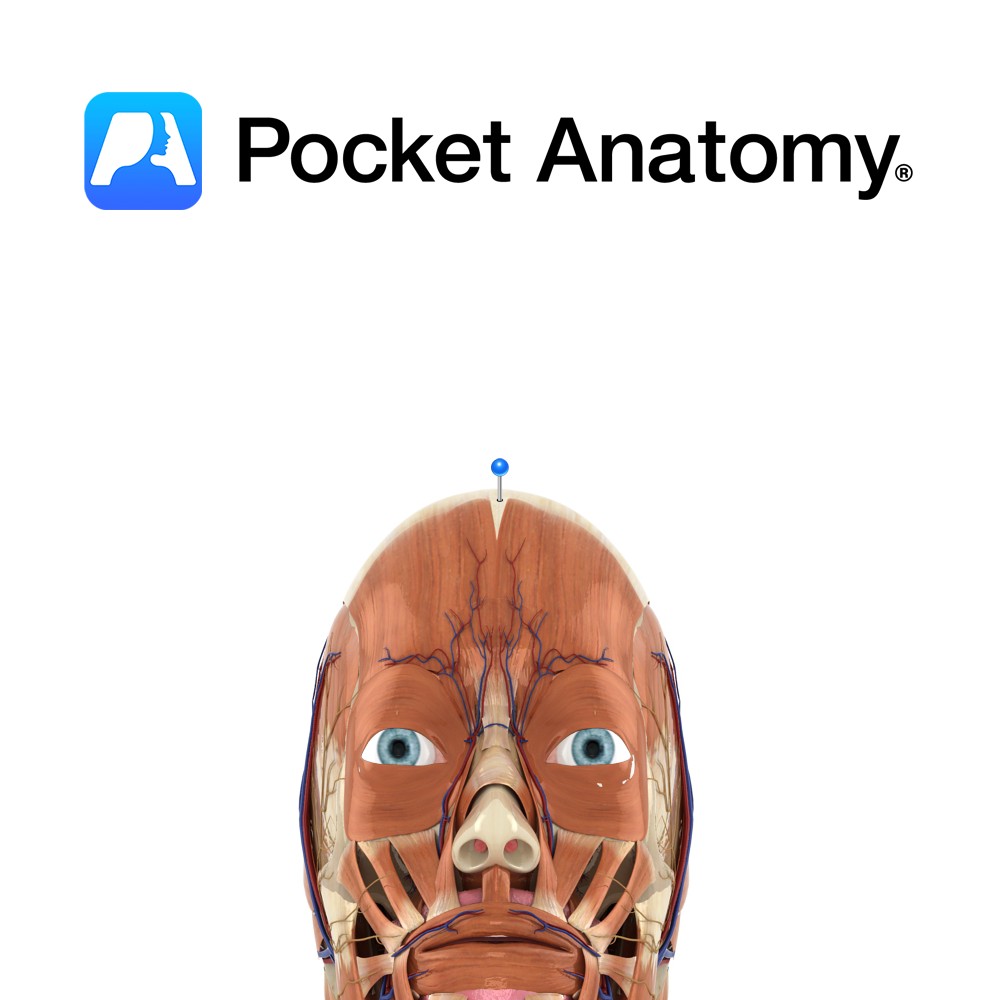Clinical
Common skin conditions among adolescents include acne, atopic dermatitis, and herpes. Acne affects mainly the face, upper chest, and back (the areas of the skin with the densest concentration of sebaceous glands). Acne affects approximately 80%-90% of teenagers, usually the result of increases in testosterone during puberty (in both genders).
Atopic dermatitis (eczema) is a type of dermatitis (inflammation of the dermis) that is often associated with allergies, and may be genetic.
Herpes simplex (cold sores) is a common viral infection of the face and mouth, passed through contact with an infected person (sexual or nonsexual contact). Once the virus is in the body, it stays for life, and may be reactivated by stress or exposure to sunlight.
Anatomy
The outermost coating of the human body, and the body’s largest organ, is skin. This soft pliable (flexible, supple) covering is composed of two primary layers: the epidermis and the dermis, which are separated by a thin sheet of tissue. Skin on an average-sized adult can weigh as much as 20 pounds, depending on height, weight, and build. Skin contains pigments (melanin) that give it color; melanin also gives color to hair and the iris of the eye.
Functions
Skin covers every surface of the body and produces hair; it is water-resistant and controls the evaporation of water from the body; it is a barrier from outside invaders (pathogens) and contains nerve endings that allow us to sense (cold, heat, pressure, vibrations, and pain). It is our “container.”.
Interested in taking our award-winning Pocket Anatomy app for a test drive?





-longus.jpg)